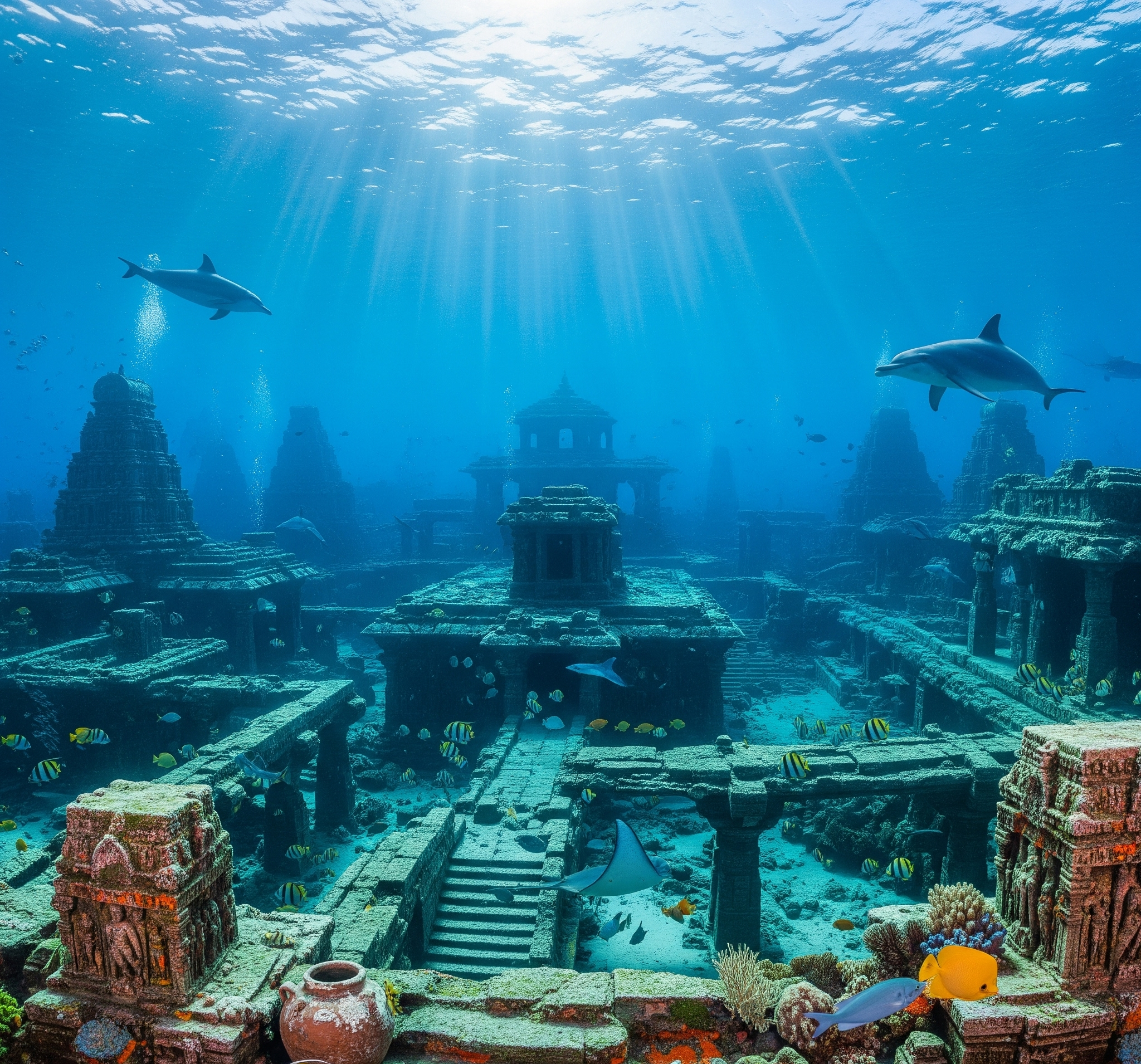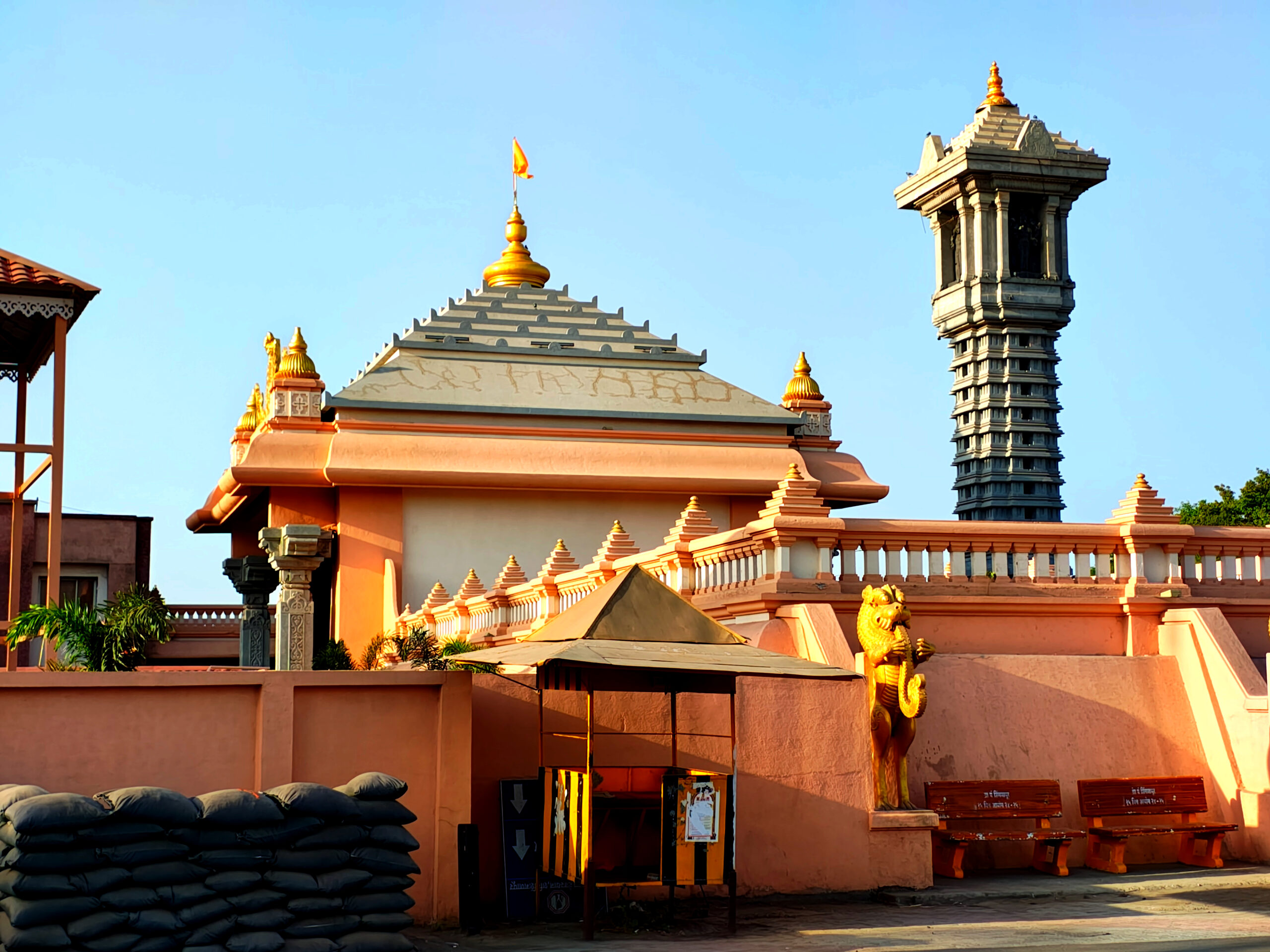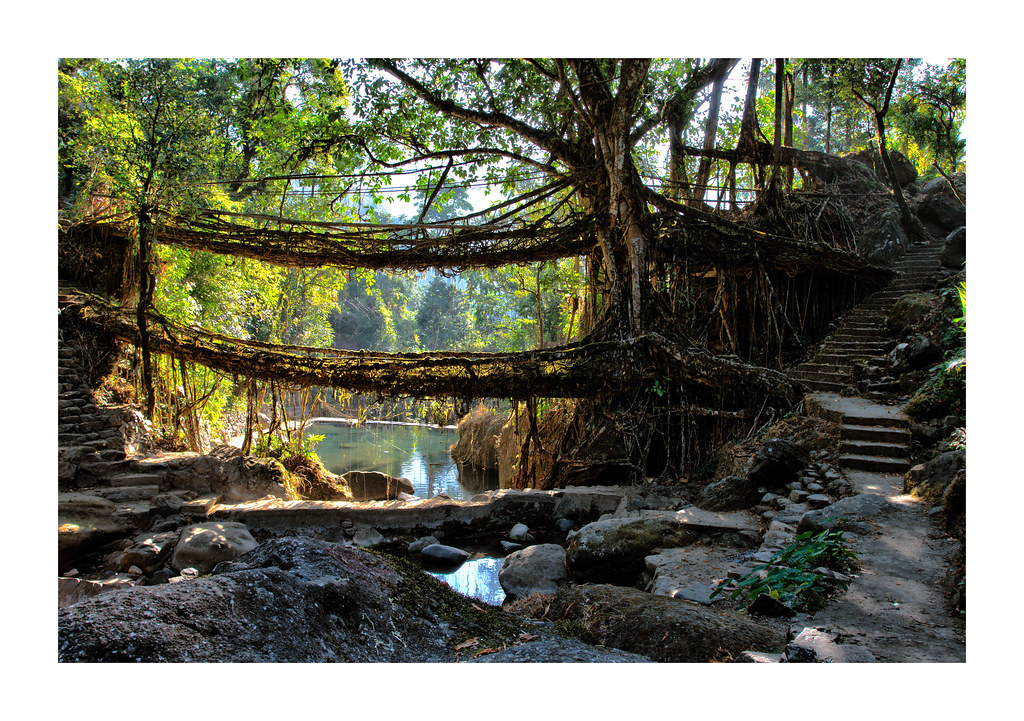Top 5 Fascinating Facts About the Indian Ocean

The Indian Ocean, stretching over 70 million square kilometers, is the third-largest ocean in the world after the Pacific and Atlantic. Bordered by Asia to the north, Africa to the west, and Australia to the east, this ocean has played a significant role in the history of human civilization. Rich in resources, diverse in ecosystems, and critical for global climate and trade, the Indian Ocean is far more than a vast expanse of saltwater—it is a dynamic and powerful entity that continues to shape the world.
Here are the top five fascinating and little-known facts about the Indian Ocean that reveal its scientific, cultural, ecological, and geopolitical importance.
1. The Warmest Ocean in the World
One of the most defining characteristics of the Indian Ocean is its consistently warm waters. Unlike the Pacific and Atlantic Oceans, which feature large expanses of cold water due to polar currents, the Indian Ocean is bordered entirely by land in the north, cutting off the inflow of cold polar water.
Why is it the warmest?
- Geography and Monsoons: The northern hemisphere’s landmass traps heat, and seasonal monsoon winds impact ocean temperatures dramatically.
- Absence of polar currents: Unlike other oceans, there are no cold water currents originating from the Arctic or Antarctic entering the Indian Ocean.
- Low ventilation: Due to limited connection with other oceans, especially in the north, the Indian Ocean retains more heat.
Impact on Climate
This warmth fuels cyclones, tsunamis, and monsoon systems that affect billions of people across Asia and Africa. The Indian Ocean Dipole (IOD), a weather phenomenon similar to El Niño in the Pacific, is heavily influenced by these warm waters and has direct effects on rainfall patterns in East Africa, India, and Australia.
2. The Indian Ocean: Cradle of Ancient Maritime Trade
The Indian Ocean has been a global highway for maritime trade for thousands of years—long before modern shipping lanes and air travel. It connected ancient civilizations such as Mesopotamia, the Indus Valley, Egypt, Rome, China, and the African kingdoms through a vibrant network of sea routes.
Key Historical Trade Routes:
- Spice Route: Connected India and Southeast Asia to the Middle East and Europe.
- Monsoon Winds: Ancient sailors relied on predictable monsoon winds for navigation, facilitating seasonal travel between continents.
- Swahili Coast Trade: African port cities like Kilwa and Zanzibar flourished by trading gold, ivory, and slaves with Arabia and India.
Cultural Exchange
The Indian Ocean was not just a route for commodities—it was a channel for cultural, religious, and technological exchange. Hinduism, Buddhism, and Islam spread via maritime connections, leaving enduring legacies in coastal societies from Indonesia to East Africa.
3. A Biodiversity Hotspot Like No Other
The Indian Ocean is home to some of the planet’s most diverse marine ecosystems, including coral reefs, mangroves, and seagrass beds. It supports thousands of species, many of which are found nowhere else on Earth.
Key Ecosystems:
- The Great Barrier Reef of the Indian Ocean (along the western coast of Australia) is among the richest marine habitats.
- Lakshadweep and Maldives Coral Atolls: Unique ecosystems that are crucial for maintaining regional biodiversity.
- The Sundarbans Delta: Home to the elusive Royal Bengal Tiger and a rich mangrove forest that acts as a natural defense against coastal erosion.
Endangered Species:
The ocean supports endangered species like the Dugong (sea cow), Indian Ocean humpback dolphin, and several species of sea turtles. Additionally, it is a crucial migratory route for blue whales and humpback whales, making it a priority zone for marine conservation.
4. Strategic and Economic Importance
The Indian Ocean is not just an ecological marvel—it is also a strategic and economic juggernaut. Over 40% of the world’s oil trade and a significant portion of its total cargo trade pass through the Indian Ocean via chokepoints like the Strait of Hormuz, Bab el-Mandeb, and the Strait of Malacca.
Key Economic Features:
- Global Shipping Lanes: Vital routes link the Middle East’s oil-rich countries with energy-hungry nations in Asia, especially India and China.
- Abundant Natural Resources: Offshore oil and gas fields in the Persian Gulf, Mozambique Channel, and Indian waters offer immense energy reserves.
- Fishing Industry: Millions rely on the ocean for their livelihoods through artisanal and commercial fishing.
Geopolitical Theatre:
Several global powers—including the U.S., China, and India—have intensified their naval presence in the Indian Ocean, recognizing its importance in global defense and trade security. The ocean is often dubbed “the next great arena of geopolitical competition.”
5. The Only Ocean Named After a Country
Among the five major oceans of the world, the Indian Ocean is the only one named after a country—India. This is a testament not only to India’s central location within the ocean but also to its profound historical, cultural, and economic ties to this vast body of water.
Significance of the Name:
- Geographical Centrality: India is geographically central to the northern Indian Ocean, influencing its currents, trade, and climate.
- Historical Influence: Indian sailors, traders, and monks have traversed and influenced regions across the ocean—from Africa to Southeast Asia—for centuries.
- Cultural Imprint: Indian language, art, religion, and cuisine can be found along the coasts of Indonesia, Sri Lanka, East Africa, and the Arabian Peninsula—highlighting its soft power in shaping the Indian Ocean world.
Modern Maritime Leadership:
In the 21st century, India continues to play a pivotal role in regional maritime security through programs like SAGAR (Security and Growth for All in the Region) and collaborations with other Indian Ocean Rim nations.
Conclusion: A Living Legacy of the Planet
The Indian Ocean, with its mysterious depths, warm waters, historical richness, and strategic relevance, is more than just a body of water. It is a living, breathing testament to the interconnectedness of nature, culture, and human ambition. From ancient spice routes to cutting-edge naval strategies, from coral reefs to oil tankers, this ocean has shaped civilizations and continues to influence the future of the planet.
As we grapple with climate change, maritime security, and sustainable development, understanding the Indian Ocean’s role becomes even more critical. These top five facts offer just a glimpse into the layered and powerful identity of the Indian Ocean—an ocean that has witnessed empires rise and fall, and one that continues to define the rhythm of life across continents.





